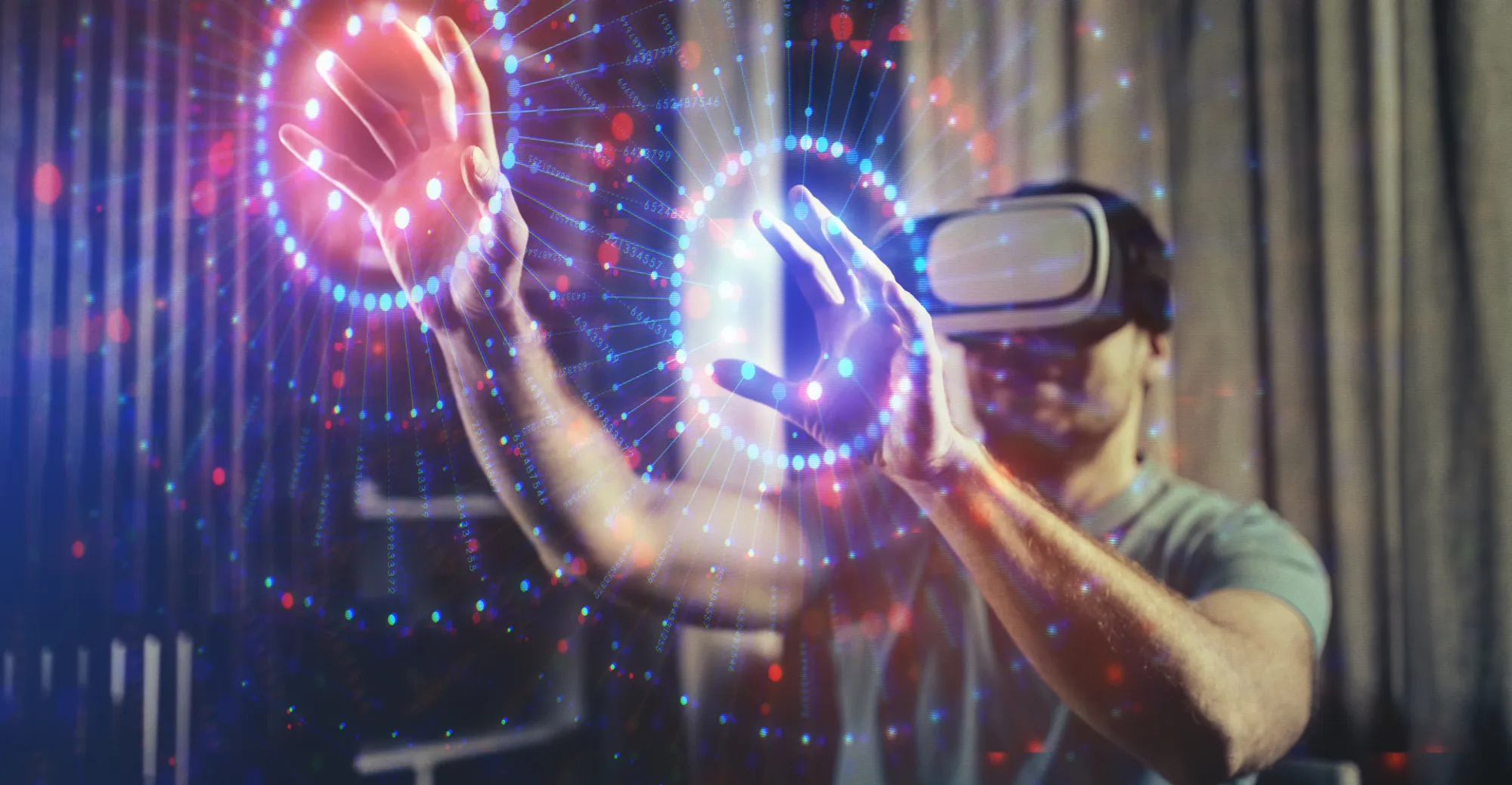
Virtual reality in the shipbuilding industry
Virtual reality in shipbuilding
How ship design keeps on innovating
– by Mark van Tamelen, May 17
Things were very different when I started working for Heinen & Hopman around 16 years ago. While a 50-metre superyacht was considered enormous back then, we now have superyachts as large as 150 metres equipped with systems so sophisticated they would have seemed like magic. In fact, the complexity of today’s systems has prompted changes to many of our work methods.
From 2D routing drawings to a 3D blueprint
There was a time when, more often than not, on board systems were built with 2D routing drawings which contained only a limited amount of information for the mechanics who would build and fit the actual systems. If problems occurred during the build, all chief mechanics responsible for the systems would meet to solve the issues together on the spot.
Over the years, superyachts have become larger and larger, now reaching up to 150 metres and featuring more substantial and intricate systems – and the end is not even in sight. This shift has made it increasingly difficult to resort to improvisation for solutions as we did in the past. Today, any complex vessel is built twice, as it were: once virtually and then in reality. The first build is a virtual 3D model from which technical drawings for the entire yacht are generated by the yard. These drawings include detailed information about the architectural and engineering design of every element.
Trained 3D skills
The location and alignment of every component and piece of equipment are specified to the millimetre. The equipment itself is drawn in the 3D model, and service spaces and connections to other systems are also shown to provide a complete overview of the components to be installed. For this to work properly, the skills of the engineers and drafters working on the 3D-model are more important than ever before. This is why Heinen & Hopman has invested so much in training personnel to work in almost every 3D program used by our clients in the yards
A virtual walkthrough of the yacht
As the crew of the yacht is often engaged in the project during the engineering stage, they are invited to take a virtual walk through the 3D model of the yacht. This allows every crew member to gain a realistic impression and feel for all the systems and the yacht’s overall accessibility. The input and feedback from the crew are in turn used to adjust system designs before installation to suit the client’s needs to the highest possible extent.
Once everything is mapped, the 3D model and technical drawings are complete and our crew has delivered their input, everything is used for the second phase: the actual build in the dock.
“With the ability to virtually walk through the 3D model, we can ask feedback from the crew before the actual build so we can meet the client’s need better.”
What will the future bring?
Although the programs of today provide many solutions, it is still common to have particular segments of the yacht such as the wheelhouse or owners’ stateroom built as a mock-up in order to reflect how the room will eventually feel. It is only a matter of time before virtual reality is used to overcome these issues as well, however. In the meantime, Heinen & Hopman will continue investing in its staff and software to ensure their continued contribution to the quality of yachts for many years to come.
Mark van Tamelen | Senior project engineer
Mark van Tamelen joined Heinen & Hopman in 2000. He started as a drafter in the Dutch yacht division and expanded his field of operation over the years to the export department. He now takes care of specific unique projects with enthusiasm and devotion, key characteristics for which all H&H’s employees are known.